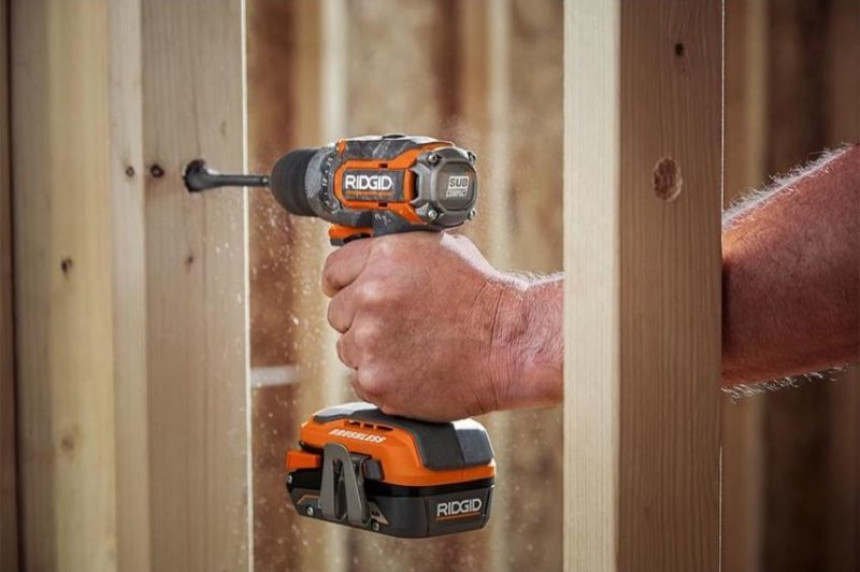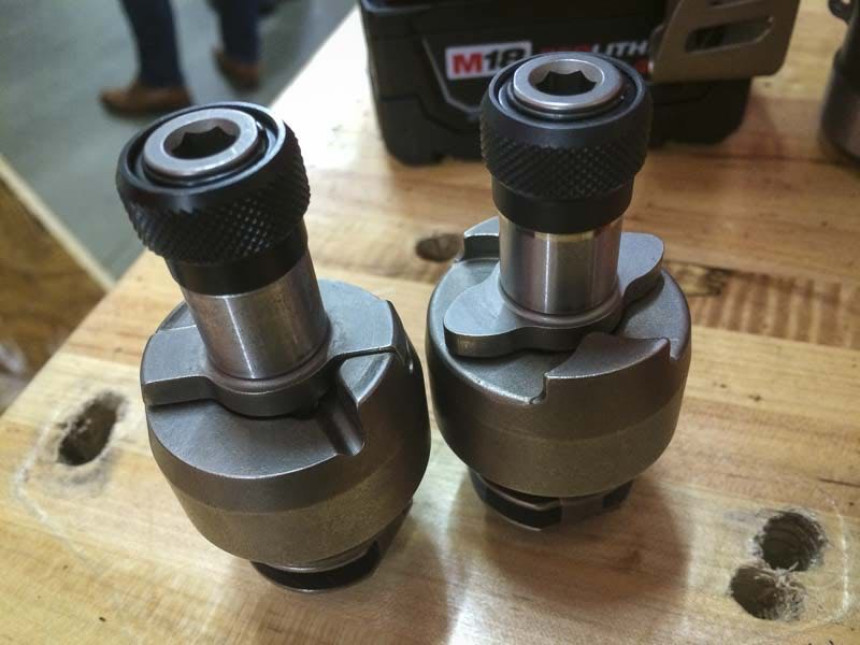Impact Driver vs. Drill – What’s the Difference?
When it comes to tackling DIY projects or professional construction work, having the right tools can make all the difference. Among the most essential tools are the impact driver and the drill. While they might appear similar at first glance, they serve distinct purposes and offer different functionalities. Understanding the differences between these two tools can help you make informed decisions about which one to use for specific tasks.
Understanding the Basics
Drill:

A drill is a versatile tool primarily designed for drilling holes and driving screws. It typically has a keyed or keyless chuck that holds various types of drill bits and screw-driving bits. Drills come in two main types: corded and cordless, offering flexibility in power and mobility.
- Functionality: Drills are excellent for creating precise holes in materials such as wood, metal, and plastic. They also excel at driving screws, although this task might require more effort compared to an impact driver.
- Control: Drills offer variable speed control and adjustable torque settings, providing the user with greater control over the drilling process. This makes them ideal for delicate tasks where precision is crucial.
- Versatility: With the right attachments, drills can also be used for mixing paint, sanding, and other tasks, making them a versatile addition to any toolbox.
Impact Driver:

An impact driver is a powerful tool specifically designed for driving screws and bolts with high torque. Unlike a drill, an impact driver uses a combination of rotational force and concussive blows to drive screws more efficiently.
- Functionality: Impact drivers are exceptional at driving long screws and bolts into tough materials such as hardwood, metal, and masonry. The high torque output ensures that screws are driven quickly and securely.
- Power: The concussive action of an impact driver reduces the risk of stripping screws and minimizes user fatigue, as it requires less force to hold the tool steady.
- Speed: Impact drivers typically operate at higher speeds compared to drills, making them faster and more efficient for repetitive driving tasks.
You May Also Like: Best Tape Measures of 2024: Reviews and Recommendations
Key Differences
Torque and Power:
- Drill: Offers lower torque compared to an impact driver, making it suitable for tasks that require precision rather than brute force.
- Impact Driver: Delivers significantly higher torque, making it ideal for driving large screws and bolts into dense materials.
Speed Control:
- Drill: Provides variable speed control and adjustable clutch settings, allowing for greater precision and versatility in different applications.
- Impact Driver: Generally has a single speed setting, relying on its powerful concussive action to drive screws quickly and efficiently.

Application:
- Drill: Best suited for drilling holes and driving screws in softer materials where precision and control are essential.
- Impact Driver: Excels at driving screws and bolts in tougher materials, offering speed and power for heavy-duty tasks.
Note: This blog is only for learning purposes.
Which One Should You Choose?
- The choice between an impact driver and a drill depends on the nature of your tasks and the materials you are working with. If your projects involve a lot of drilling and require precision, a drill is the right tool for you. Its versatility and control make it suitable for a wide range of applications.
- On the other hand, if you often find yourself driving long screws or bolts into tough materials, an impact driver will save you time and effort. Its high torque and concussive action make it a powerhouse for heavy-duty tasks.
Conclusion
Both impact drivers and drills are invaluable tools for any DIY enthusiast or professional. Understanding their differences and specific applications will help you choose the right tool for your needs. Whether you opt for the precision of a drill or the power of an impact driver, having the right tool at your disposal will ensure your projects are completed efficiently and effectively.

Best Lawn Sprinklers: Guide for Different Lawns and Budgets
A lush, green lawn is the pride of any homeowner, and an efficient sprinkler system is key...


Top 6 Utility Knife Models of 2024
As of 2024, here are six highly regarded utility knife models that are well-reviewed for t...
